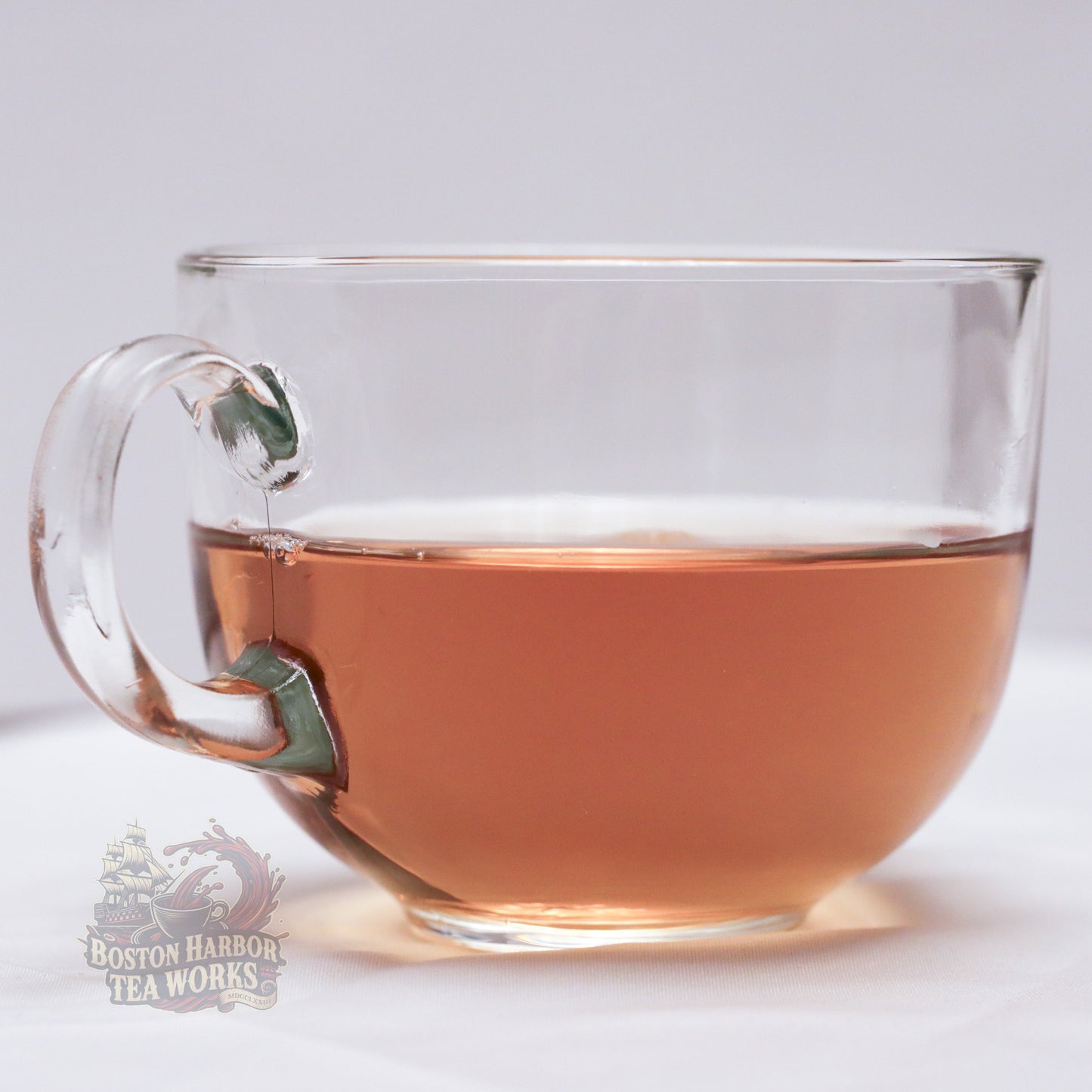The History
Before there was a flag, there was a woman with a needle, a rebel’s heart, and the courage to defy expectations. Born on the first day of 1752, Elizabeth Griscom—known to history as Betsy Ross—was the 8th of 17 children in a Quaker family that moved from New Jersey to Philadelphia when she was just a toddler.
Raised in quiet faith, young Betsy attended a Quaker school before becoming an apprentice to upholsterer John Webster, where her hands learned the craft that would stitch her name into American legend. But it wasn’t just fabric that caught her attention—she fell in love with fellow apprentice John Ross. Their forbidden romance broke Quaker tradition, and the couple eloped across state lines on November 4, 1773, making Elizabeth not just a wife, but a quiet revolutionary in her own right.
Together, Betsy and John opened an upholstery shop in Philadelphia, which thrived and even claimed the honor of crafting bed hangings for George Washington in 1774. But war does not spare love—John died serving in the Pennsylvania militia, leaving Betsy a 24-year-old widow. She pressed on, transforming her shop into a quiet forge for the Revolution, sewing uniforms, tents, and flags for the Continental Army.
The legend goes that in the summer of 1776, General Washington, Robert Morris, and George Ross (a relative of her late husband) approached her with a sketch of a flag—thirteen red and white stripes, and thirteen stars with six points. Betsy is said to have recommended five-pointed stars instead, proving that even symbols of unity benefit from a woman’s touch. Though the tale comes to us from her grandson, and no formal records confirm it, the spirit of the story holds steady: Betsy Ross became a symbol of patriotism stitched with grace.
She married twice more—once to Joseph Ashburn, who died as a prisoner of war, and later to John Claypoole, with whom she found lasting love and raised five children. She ran her shop until the age of 76 and passed peacefully at 84 in 1836.
Whether she stitched the first flag or simply carried the spirit of revolution in her every seam, Betsy Ross remains an icon—quiet but fierce, practical but brave. A woman who didn’t just serve her country—she helped design it.











